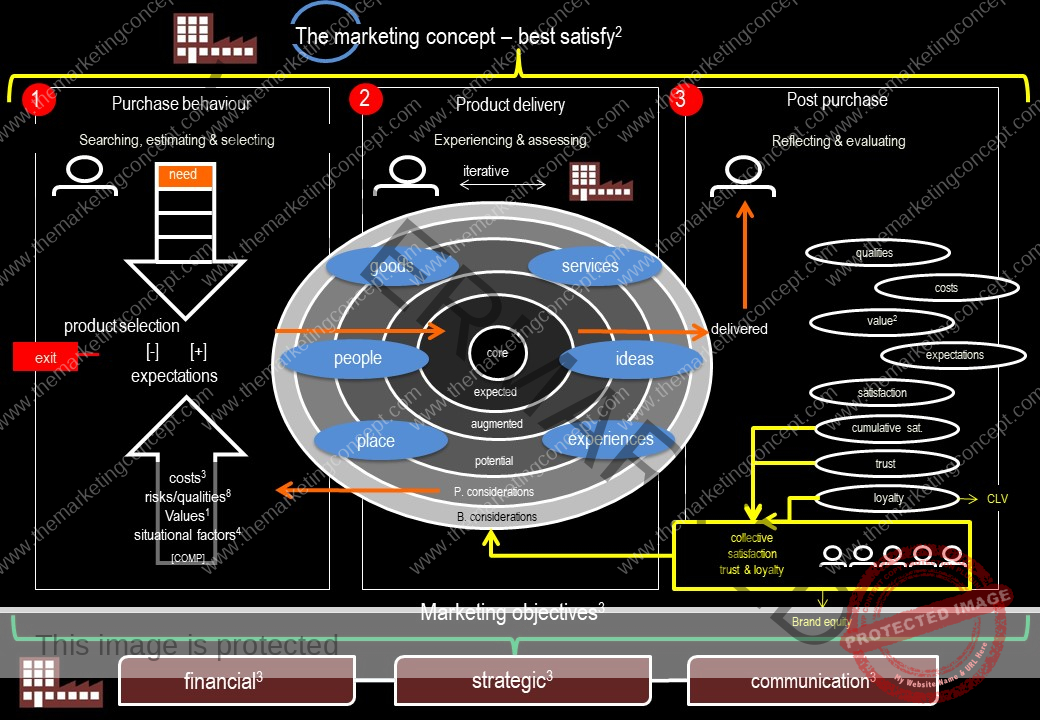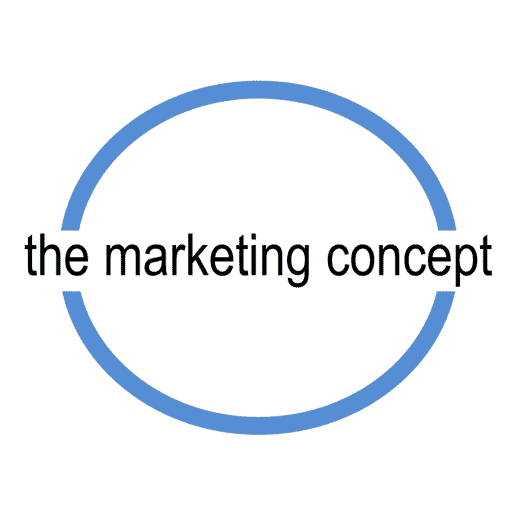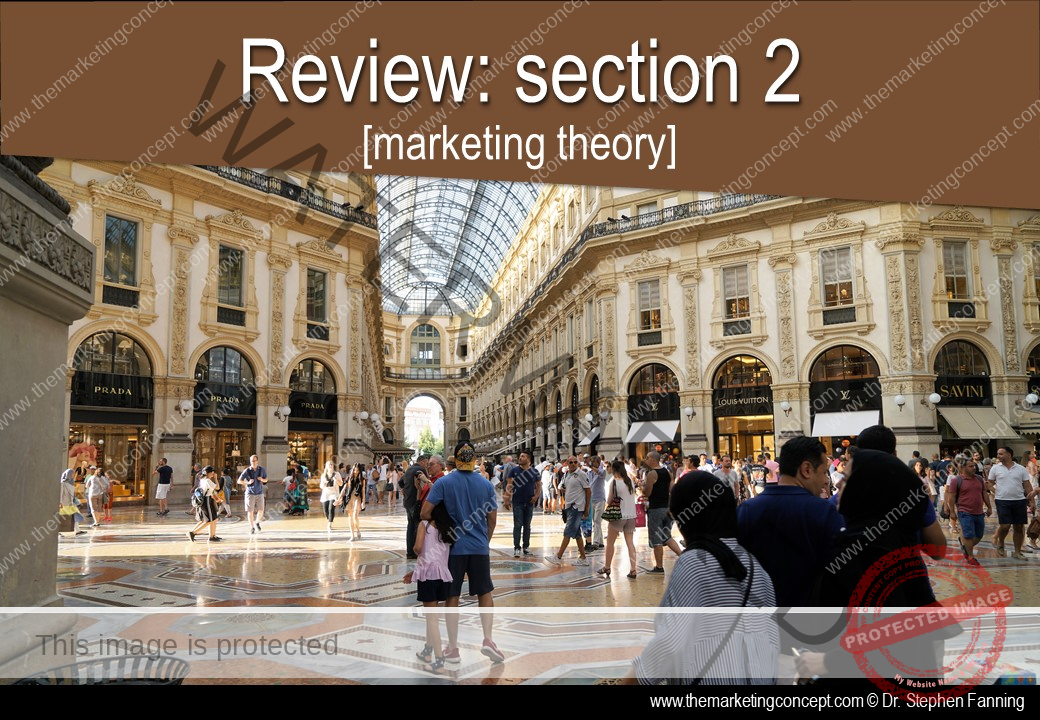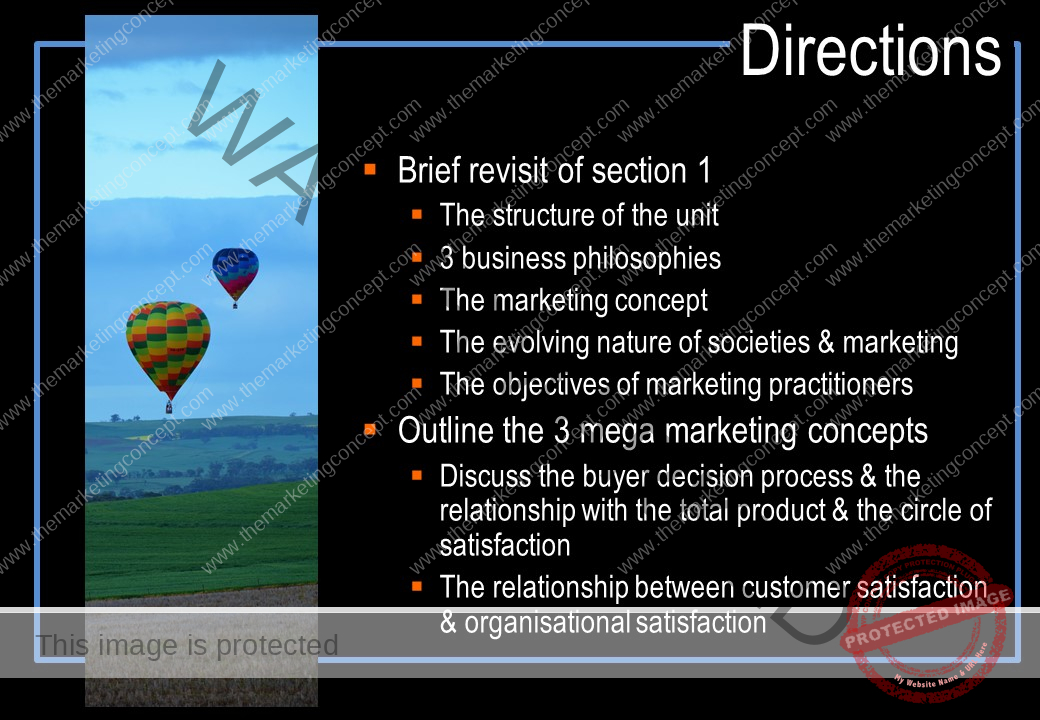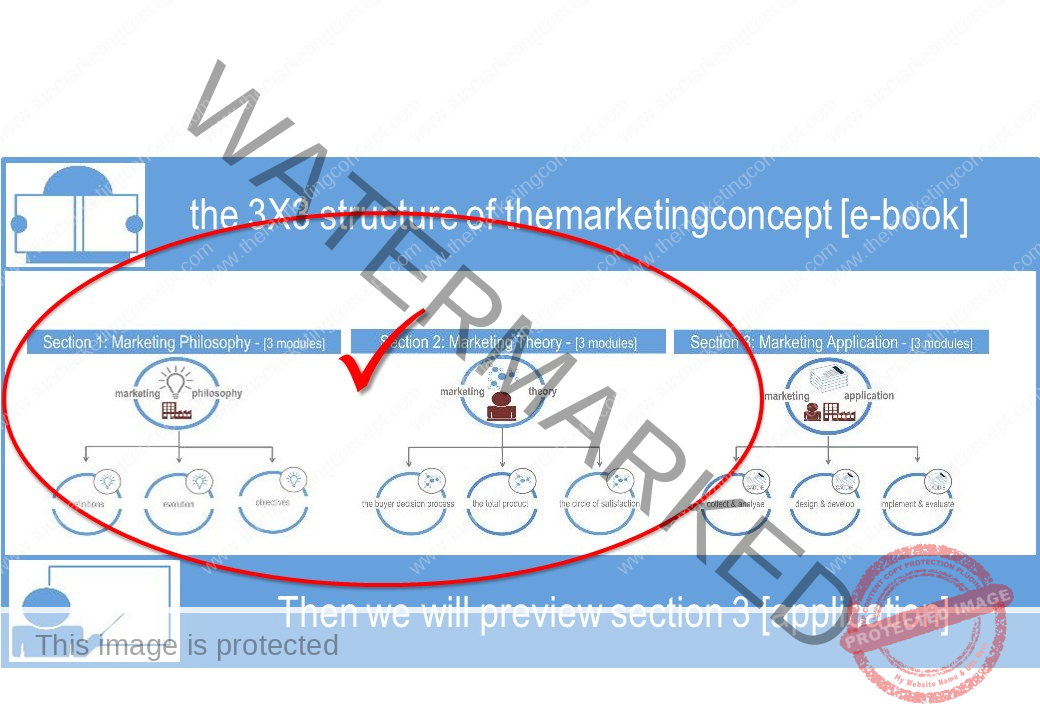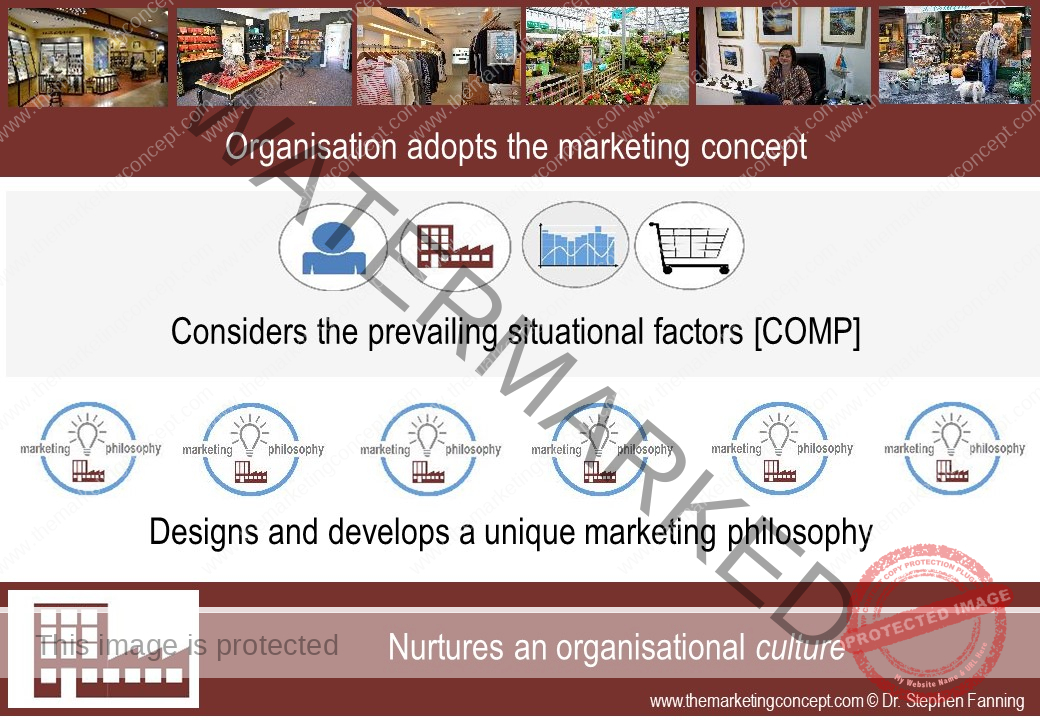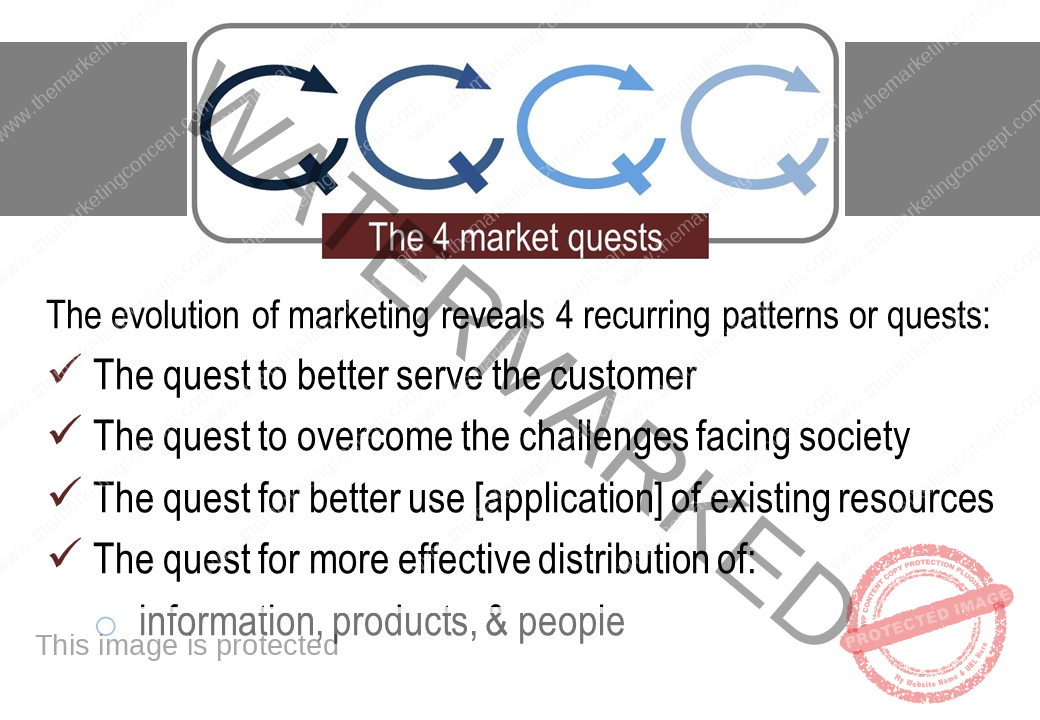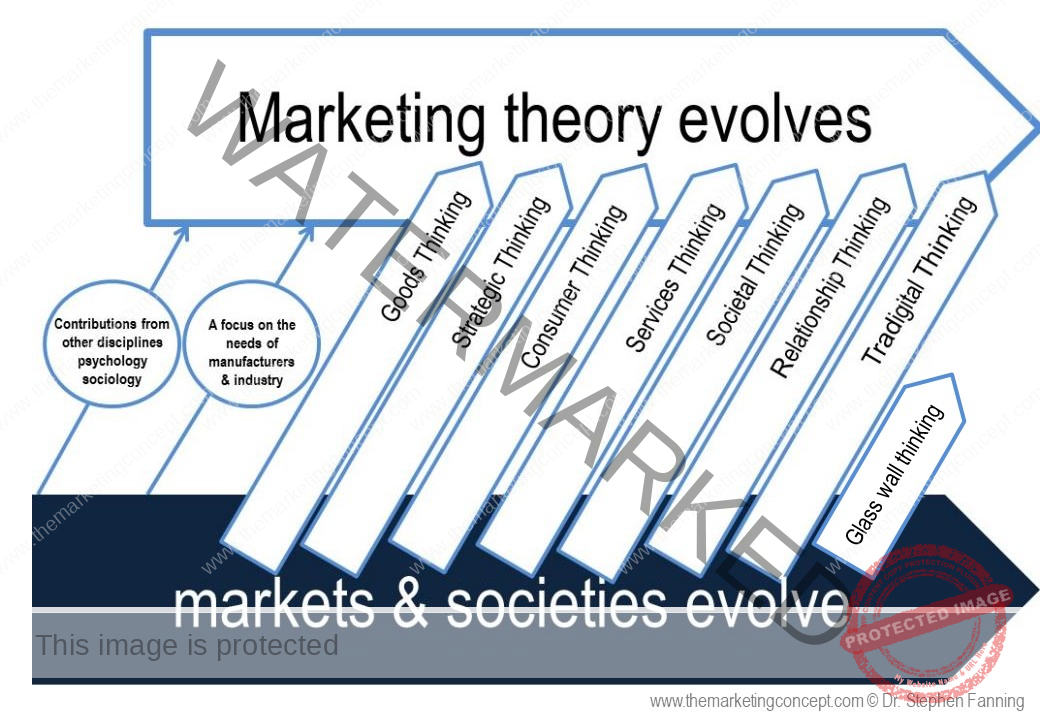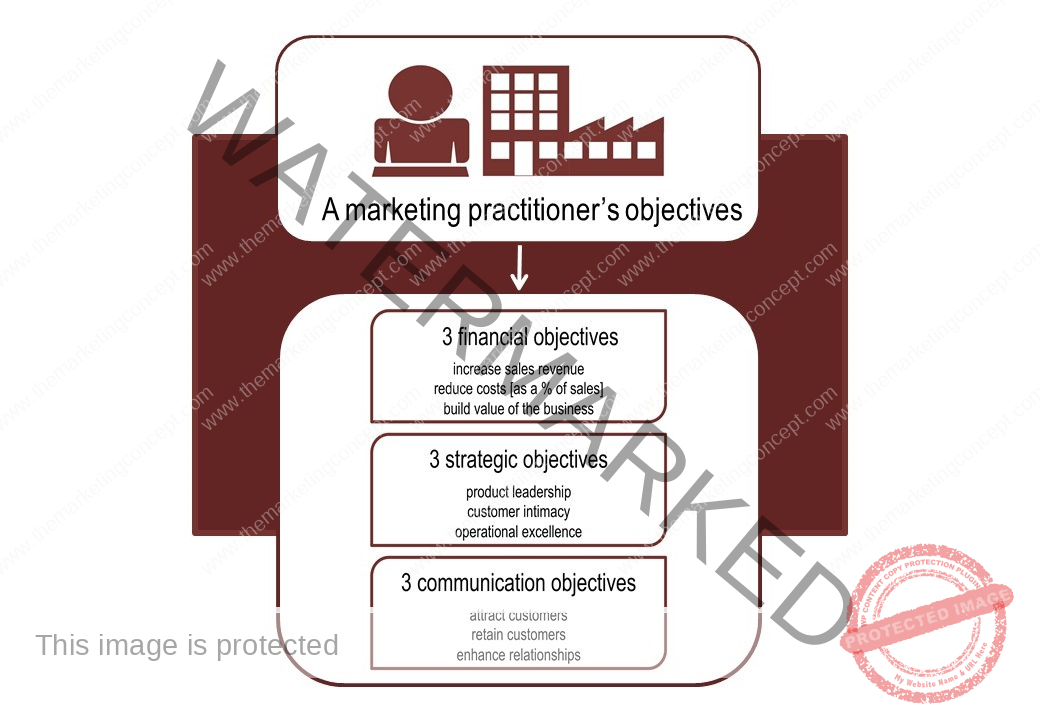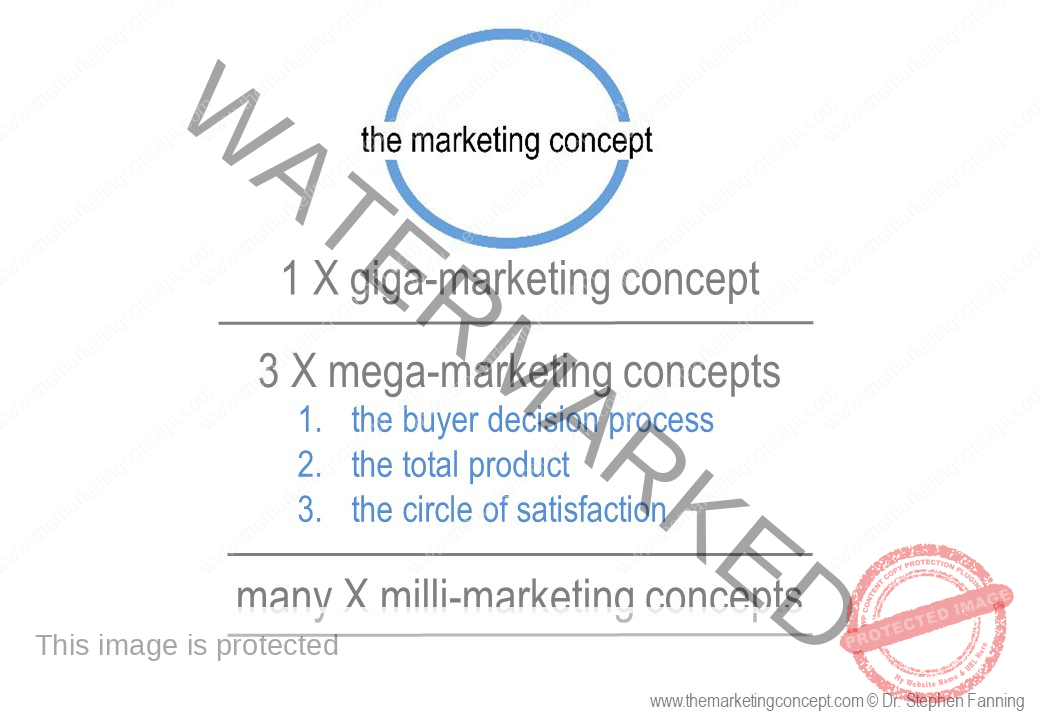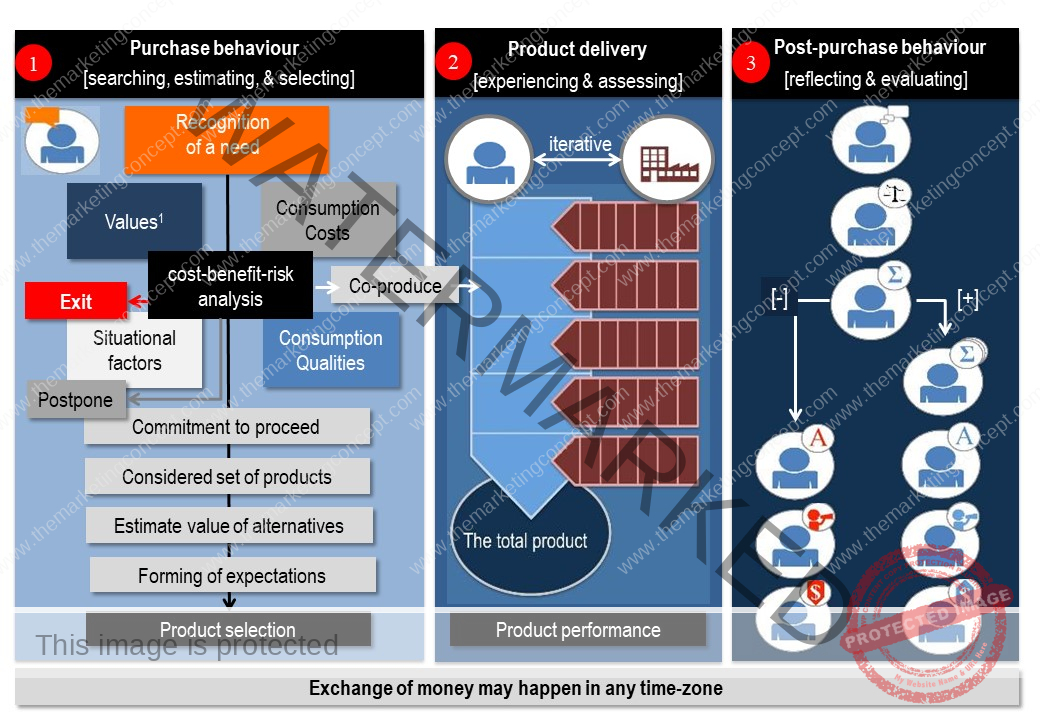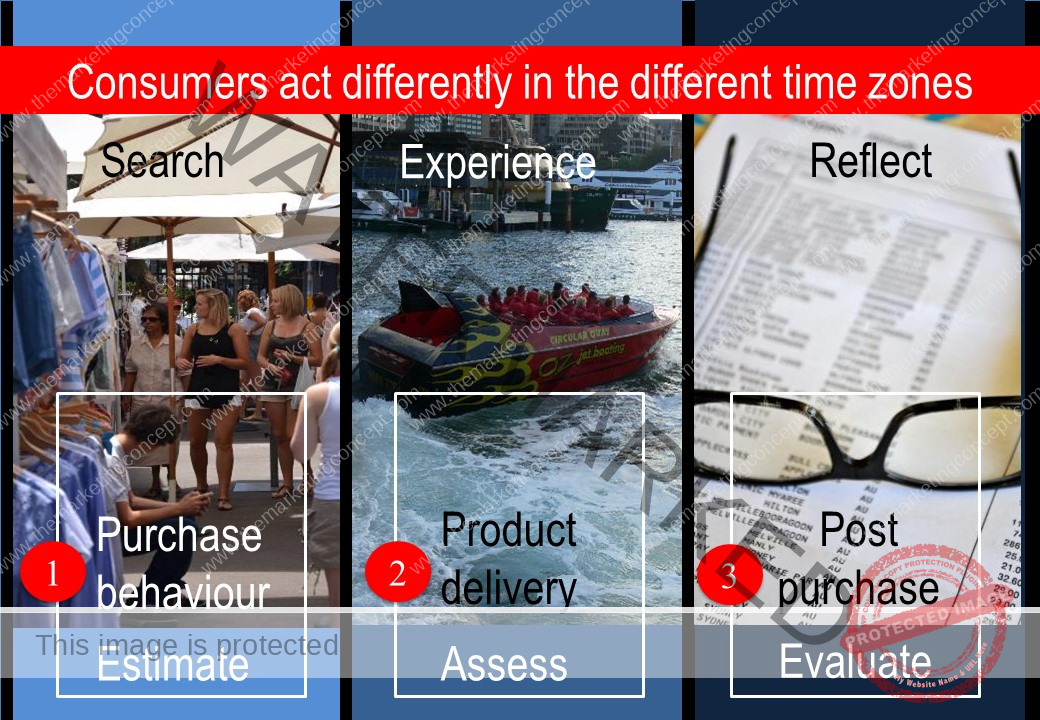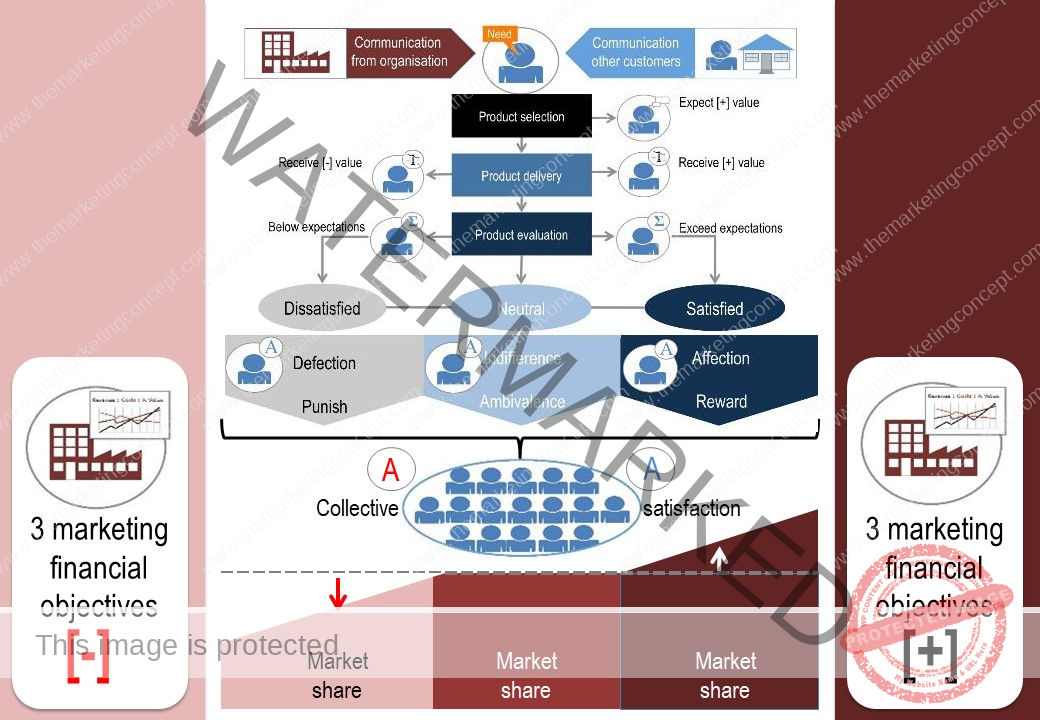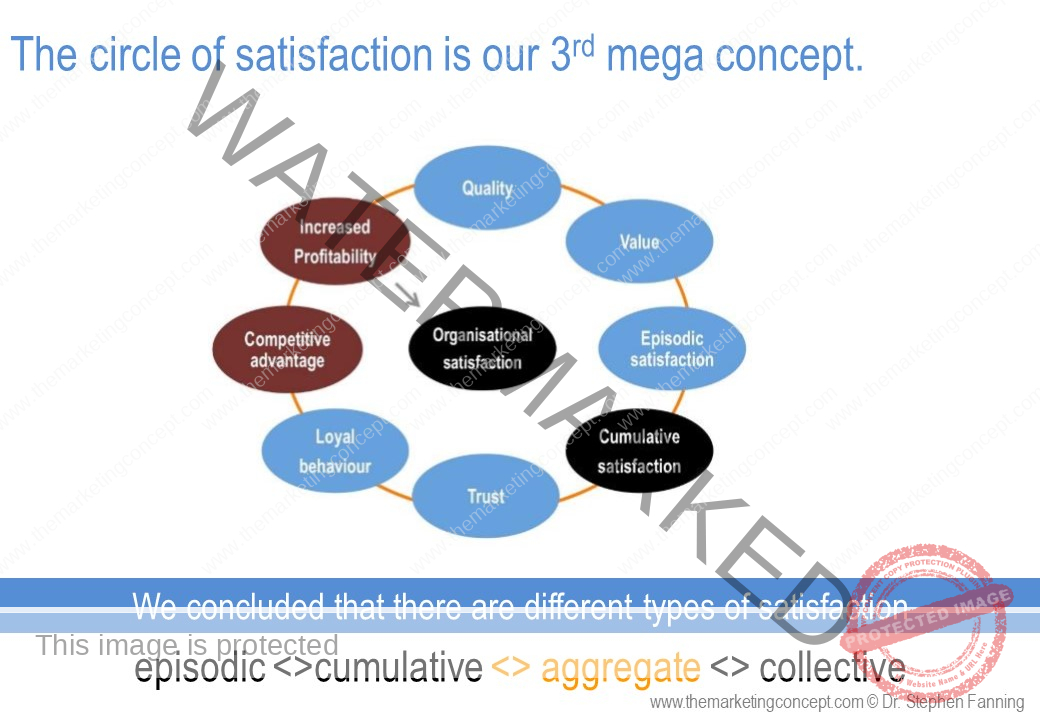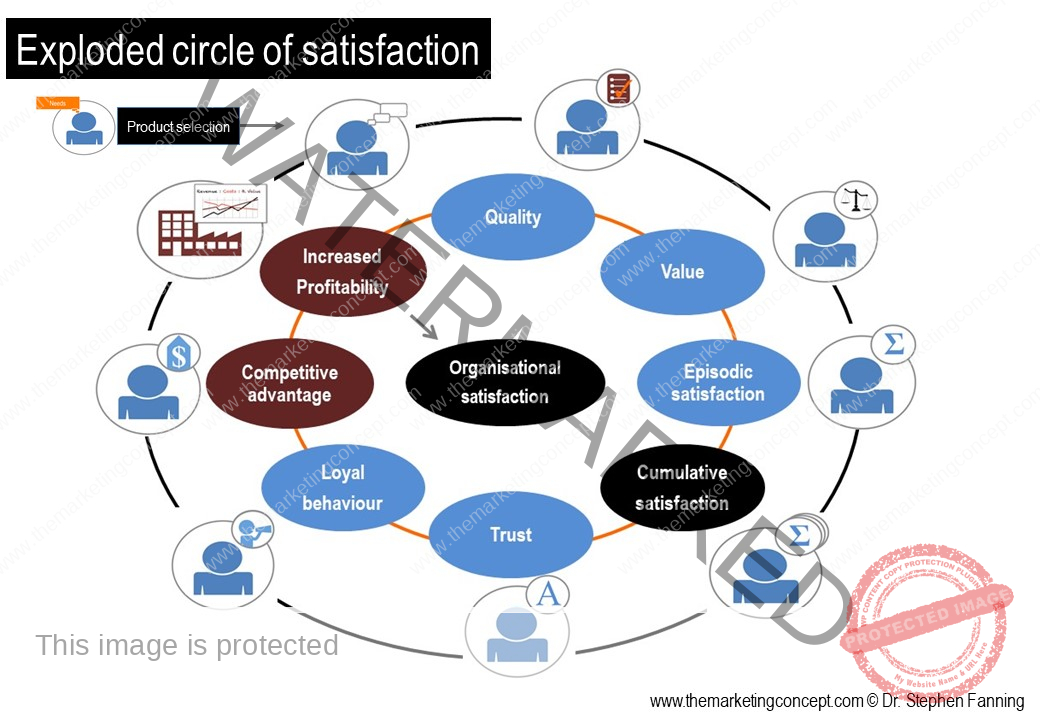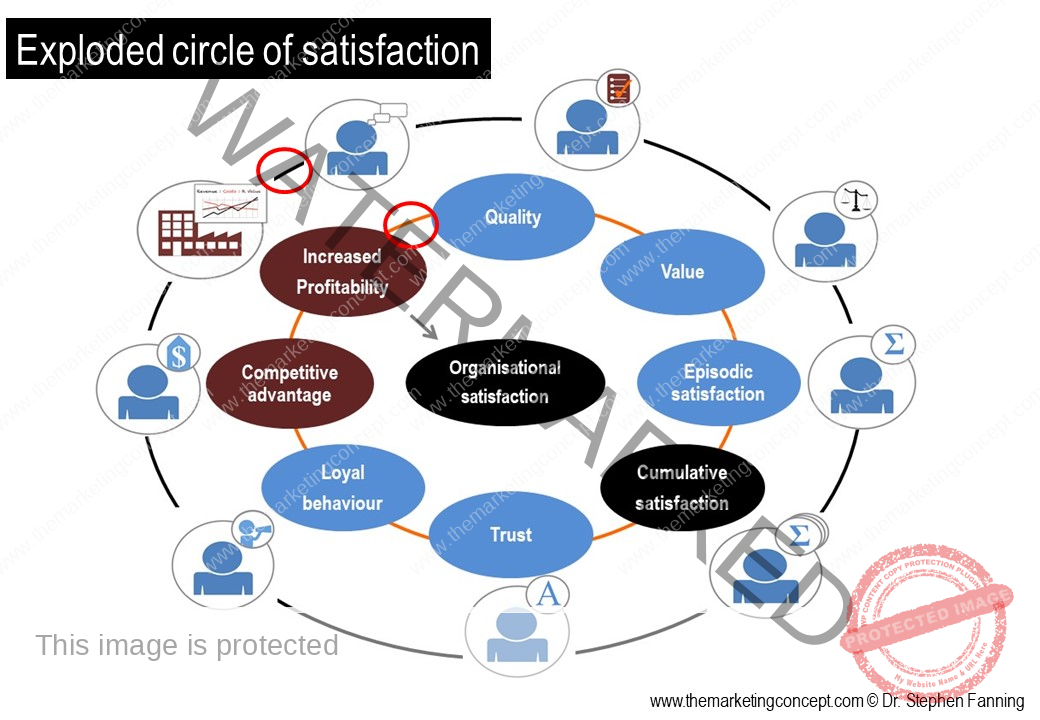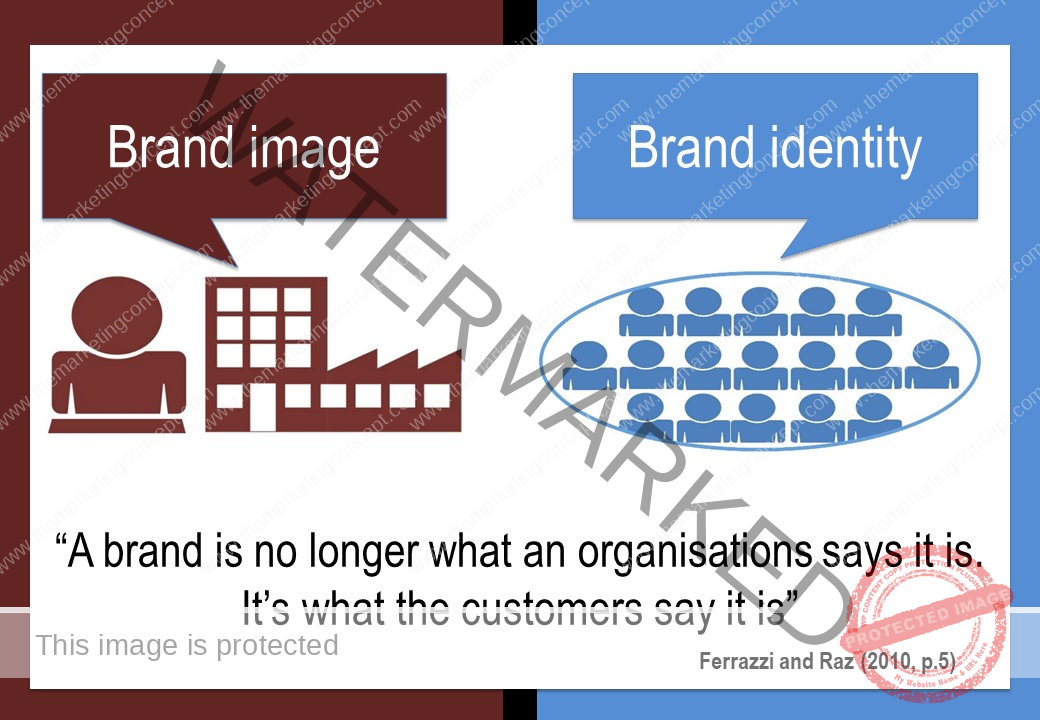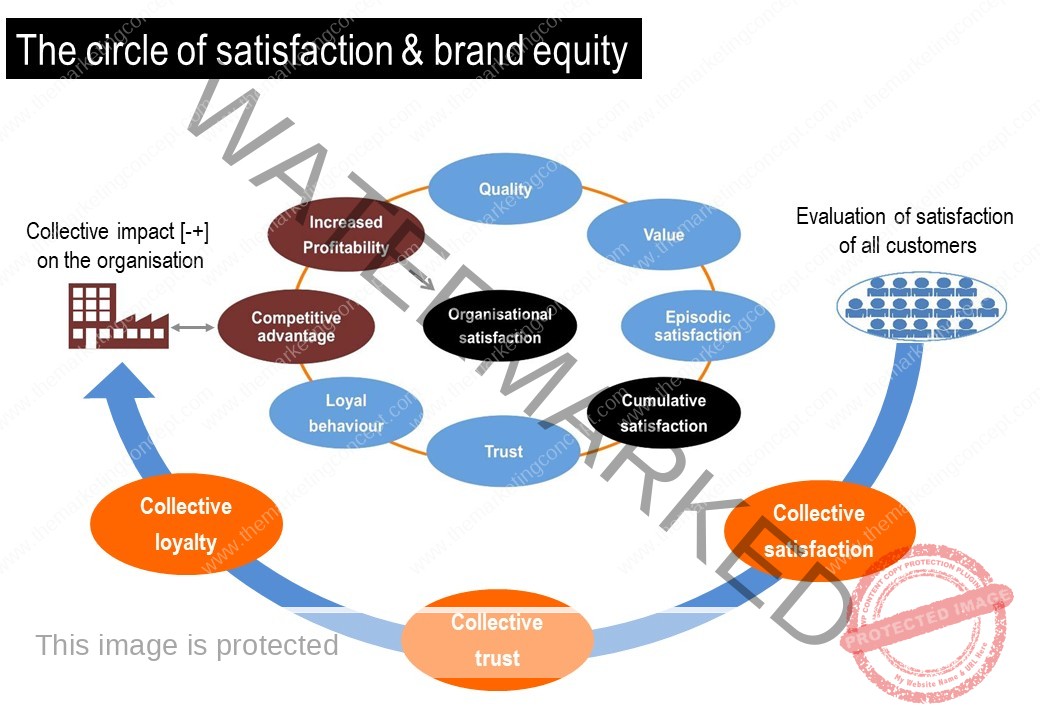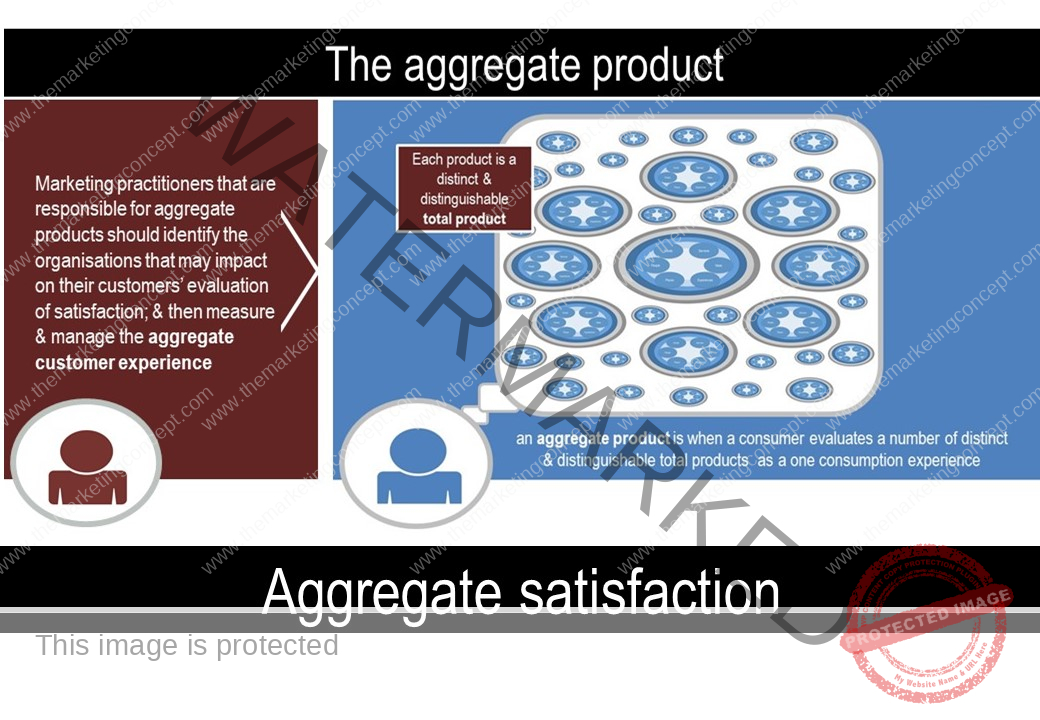
review: section 1
In section 1 we discussed how organisations, generally, select one of three business concepts.We identified that the most adopted business concept in developed countries is the marketing concept – we described this as a giga-marketing concept. The marketing concept is a simple concept, however, developing a philosophy and the application of the philosophy is more complex; there are four situational characteristics which need to be considered the nature of the customer, the organisation, the market, and the product – we identified these as COMP factors. It is important to consider the COMP factors as dynamic and unique to an organisation. Later, in section 3, we will construct our marketing audit around the COMP factors and marketing practitioners will develop an appreciation of the importance of the COMP factors. In larger organisations although there is one preferred business concept organisations are often an amalgam of the three business concepts [staff are shaped by previous organisations], and as this amalgam determines how the organisation goes to market and customer satisfaction, therefore, it requires constant vigilance to ensure that the organisational philosophy is being delivered and brand image and identity are congruent.
Once an organisation has adopted the marketing concept they develop a marketing philosophy built around their unique COM factors with the objective of meeting their marketing objectives [see 9 objectives of marketing practitioners].
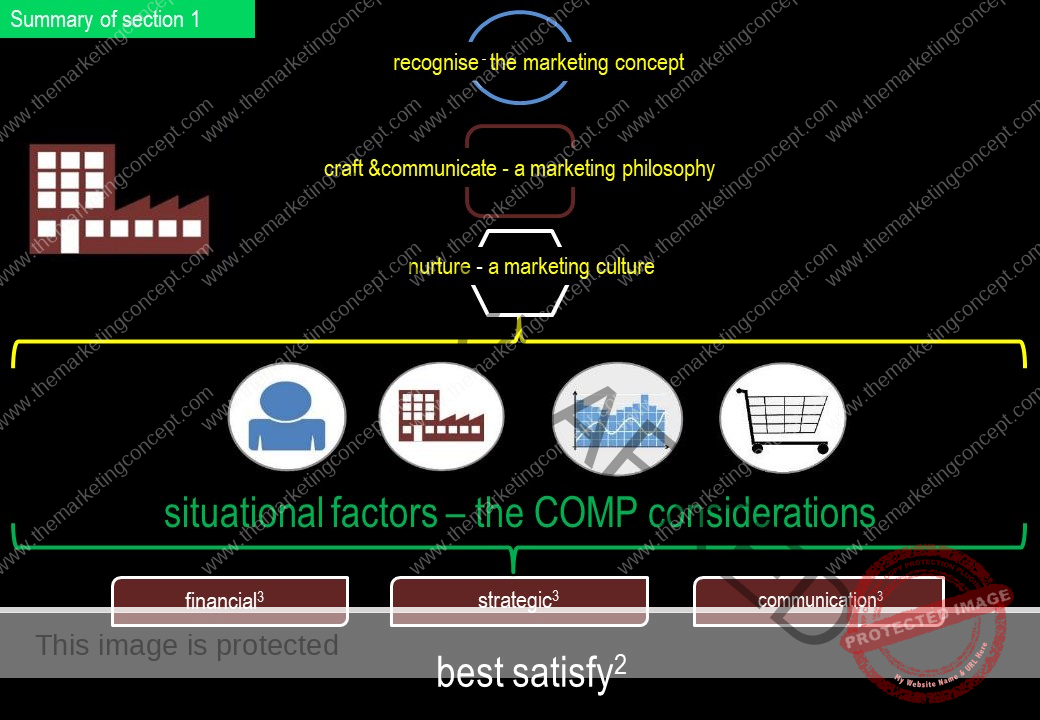
Author’s comment: In my mind’s eye this is how I see section 1 of the e-book. Keep in mind this is from and organisational perspective. The steps are outlined in greater detail in the e-book.
review: section 2
In section 2 we developed our understanding of marketing theory. To organise our learning and to enhance memory the marketing concept was broken down into 3 mega-marketing concepts. The first is the buyer decision process; which identifies the consumer’s journey through the 3 time zones of the buyer decision process. This is a process where consumers are transformed into customers. The second mega-marketing concept is the total product, whilst the buyer decision process identifies the consumer’s journey, the total product investigates how organisations construct a product either as part of new product development or as part of the day to day management of a product. The third mega-marketing concept investigates the interaction of the customer and the organisation and the consequences of the interaction. Initially we looked at the interaction of one customer and one episode, then we investigated the interactions of one customer over a number of episodes, and finally we looked at the consequences of all interactions of all customers – this we identified as brand equity.
Sections 1 & 2 are synthesised in the following slide.
Author’s comment: In my mind’s eye this is how I see section 1 & 2 of the e-book. Keep in mind this is from and organisational perspective. The steps are outlined in greater detail in the e-book.
